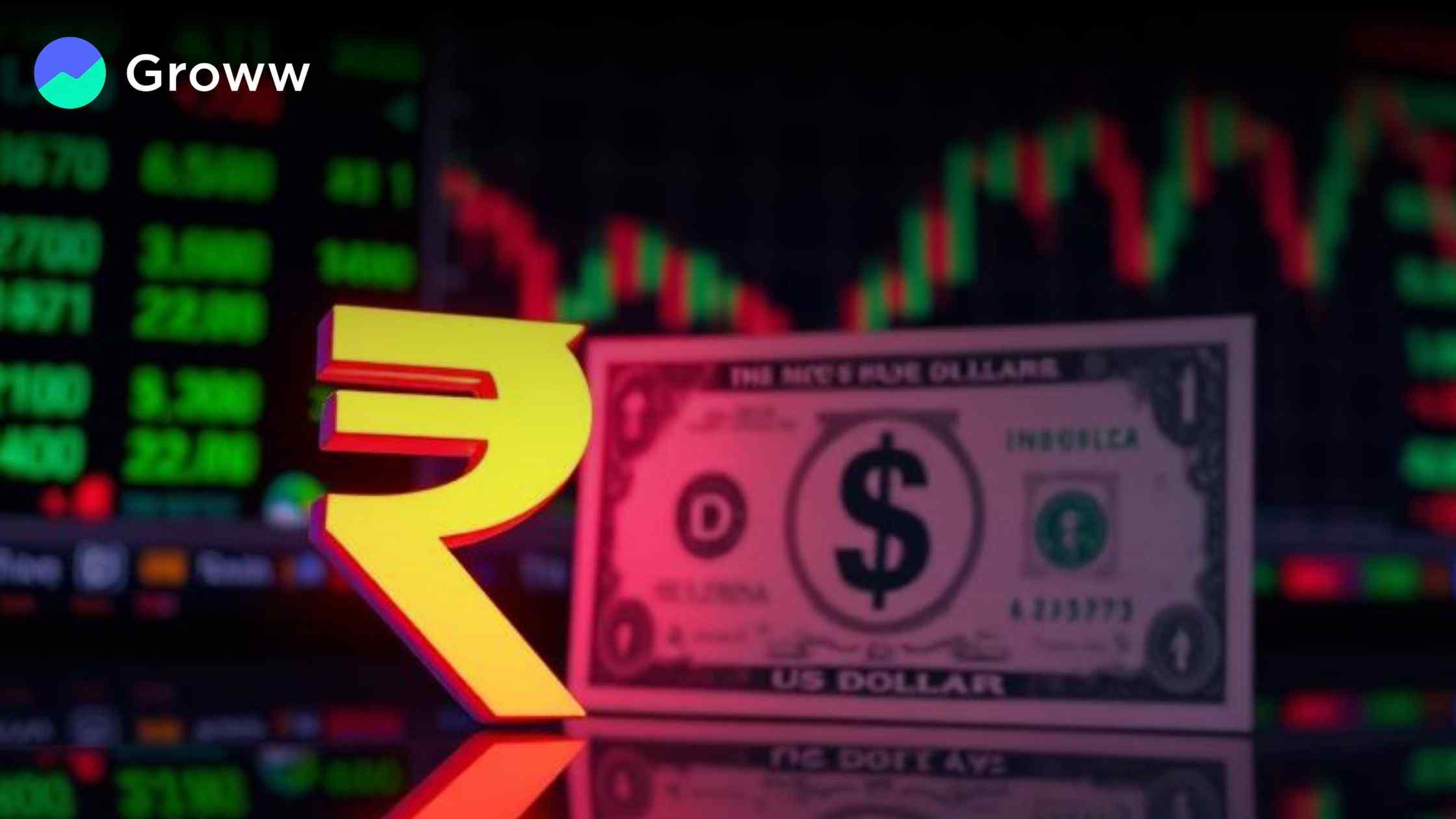Optimism Over Tariff Relief Pushes Rupee to 85.87/$, Up 17 Paise

Optimism Over Tariff Relief Pushes Rupee to 85.87/$, Up 17 Paise
The Indian Rupee began trading on a stronger base, falling slightly below the 86 level against the US dollar, supported by comments from US President Donald Trump about possible tariff concessions on car parts and consumer electronics. Indian currency rose 17 paise to start at ₹85.87 against the greenback, a sharp improvement from its last close at ₹86.05 on Friday, based on Bloomberg data. This optimistic beginning came after the rupee's biggest one-day rise in more than two years was seen on Friday.
Analyst View: Clarity on Exemptions Could Drive Further Gains
Market mood seems to be cautiously upbeat as investors weigh the meaning of President Trump's words. Anil Kumar Bhansali, Executive Director and Head of Treasury at Finrex Treasury Advisors LLP, opined that the rupee is set to open marginally firmer, subject to further clarity on the tariff exemptions announced and the timeline for their possible reinstatement on electronics. Mr. Bhansali also added the potential of enhanced export action in 90 days, pointed out by President Trump, that can lead to higher inflows and can further push the rupee to the level of ₹85.25 in the near term.
Temporary Tariff Breaks Bolster Emerging Market Currencies
The possibility of temporary relief from tariffs on imported vehicles and parts to give manufacturers more time to set up production facilities in the US is a prime factor affecting the present market forces. This news has made the prospects for emerging market currencies, including the rupee, look brighter.
Domestic Data Moderates the Impact of External Tailwinds
Still, it must be remembered that there is more to the world's overall economic scenario. Although the rupee staged a sharp revival during the last week, it was due to the news of a 90-day postponement of reciprocal tariffs (excluding China) and an appreciation of the Chinese yuan. Amit Pabari, CR Forex Advisors' managing director, emphasized this bounce back and also referred to recent local economic data showing a moderation in India's industrial production growth to 2.9 percent in February, the lowest in six months. This indicates that while external factors are giving some tailwinds, domestic economic indicators need to be watched closely.
US‑China Trade Tensions and Dollar Index Dynamics
Furthermore, tensions between the US and China remain elevated, exemplified by the US imposing a significant 145 percent levy on goods from Beijing. Meanwhile, the dollar index, which gauges the strength of the US dollar versus a basket of currencies, registered an increase of 0.08 percent to 99.71 as of 9:10 AM IST but is at its weakest level since April 2022. Previously, the Dollar Index had fallen by a significant 3.1 per cent to multi-month lows on account of a "bond market tantrum" due to recessionary apprehensions and geopolitical tensions instead of anticipation of higher interest rates.
Oil Prices Inch Up—Implications for the Rupee
In the commodity segment, crude oil prices saw a mild gain owing to a muted session on Monday, as investors stayed tuned into news regarding tariffs. Brent crude oil was at 0.08 percent higher at $64.93 per barrel, and WTI crude also rose 0.08 per cent to $61.58 per barrel as of 9:15 AM IST. Crude oil price fluctuations tend to have implications for the ₹ as India is a large oil importer.
Near‑Term Outlook
In the near future, the rupee is expected to face stiff resistance in the ₹86.40-₹86.50 zone and will most likely move towards the ₹85.50 level, says CR Forex Advisors. Market participants will be watching closely for further US tariff developments, global economic signals, and domestic macroeconomic indicators to assess the direction of the Indian currency in the future. The interplay of these variables will be key to determining the rupee's performance in the next trading sessions.
Disclaimer: This news is solely for educational purposes. The securities/investments quoted here are not recommendatory.
To read the RA disclaimer, please click here